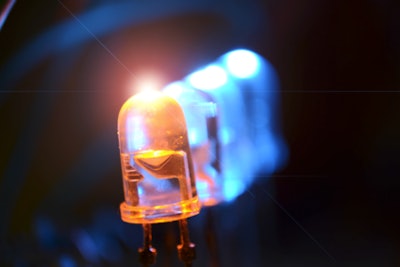
A recent study suggests that LED lighting could serve as an alternative to chemical preservatives in preventing foodborne illness.
Bacterial cells contain compounds that are particularly sensitive to blue LEDs; the lighting triggers a process that ultimately causes the death of the cell. Researchers from the National University of Singapore found that those properties increase in cold temperatures and under mildly acidic conditions.
Read more about preventing contamination.
The study, published in the journal Food Microbiology, is first to show that temperature and pH levels can affect the antibacterial effects of LEDs.
NUS scientists tested blue LEDs on three major foodborne pathogens, including varieties of salmonella, E. coli and listeria. The discovery could particularly impact storage of acidic foods such as fresh-cut fruits and ready-to-eat meat.
"This could meet the increasing demand for natural or minimally-processed foods without relying on chemicals such as acidulants and artificial preservatives to preserve food products," said NUS assistant professor Yuk Hyun-Gyun.
The researchers are collaborating with agriculture officials in Singapore to investigate the potential impacts of LEDs on vegetable quality.





















